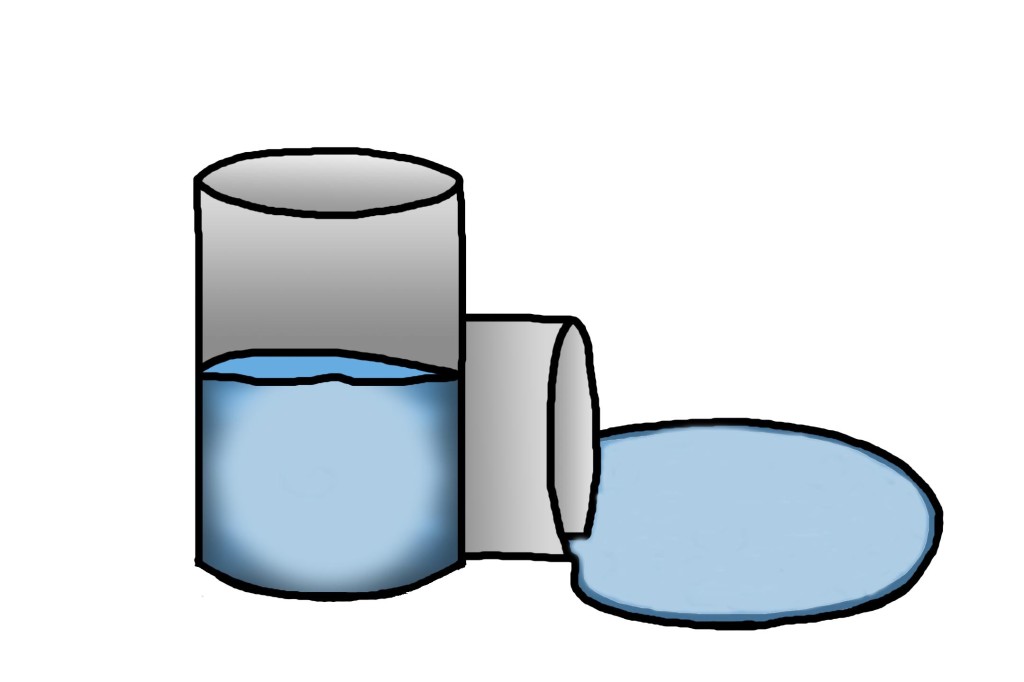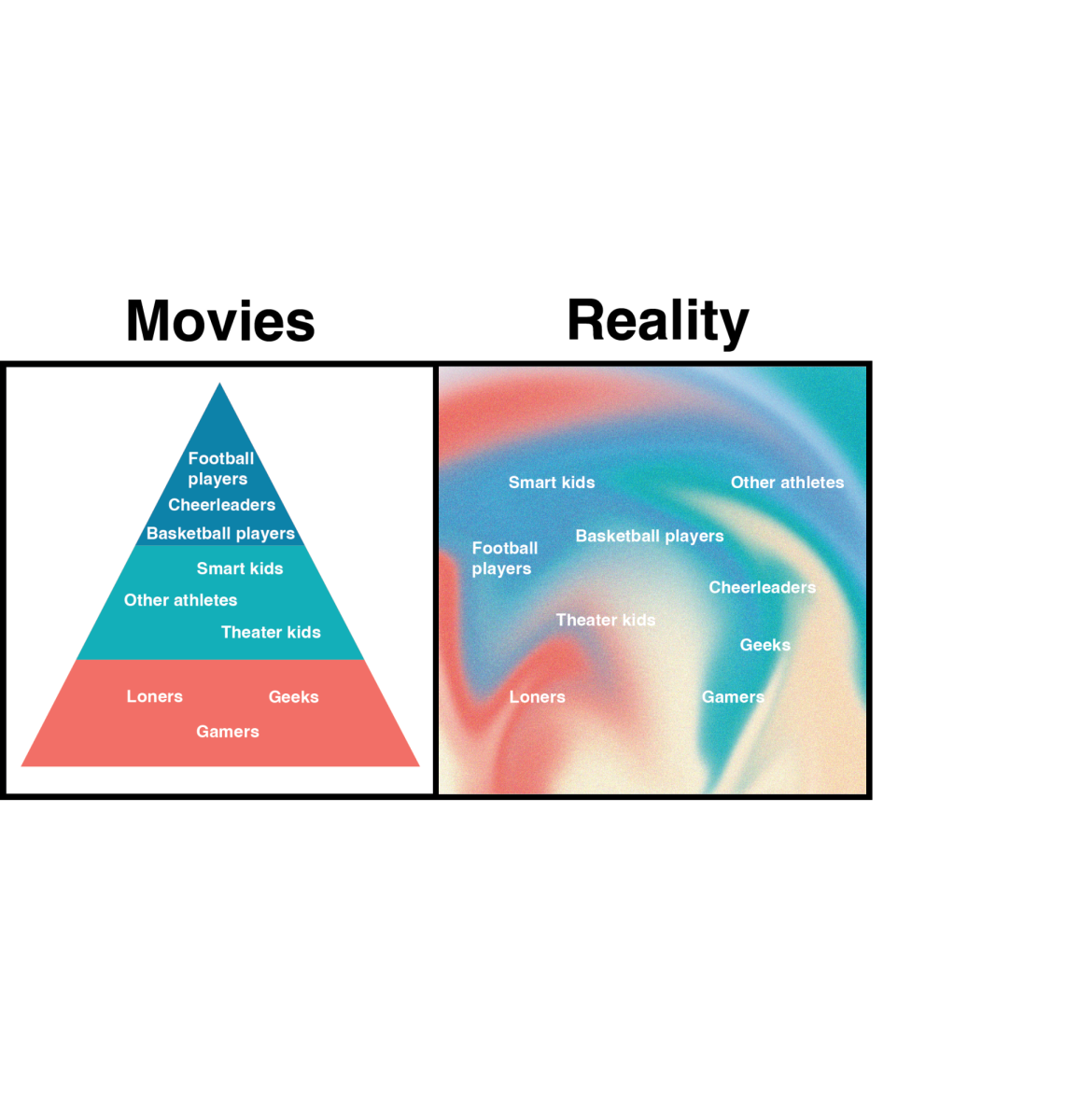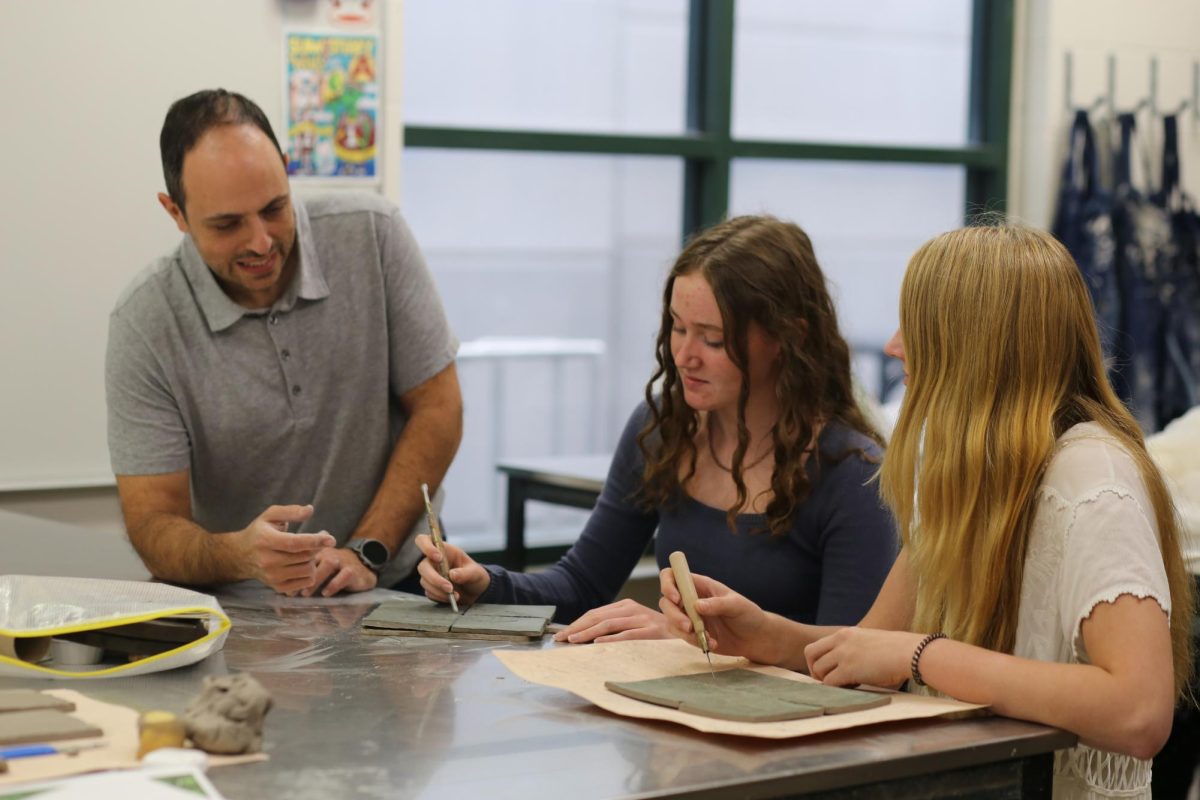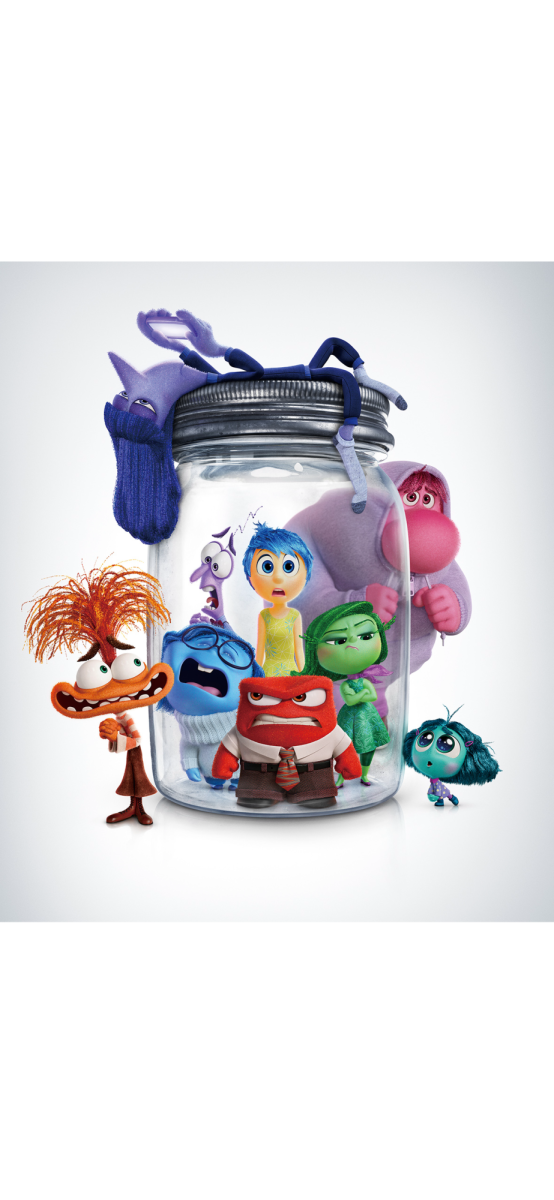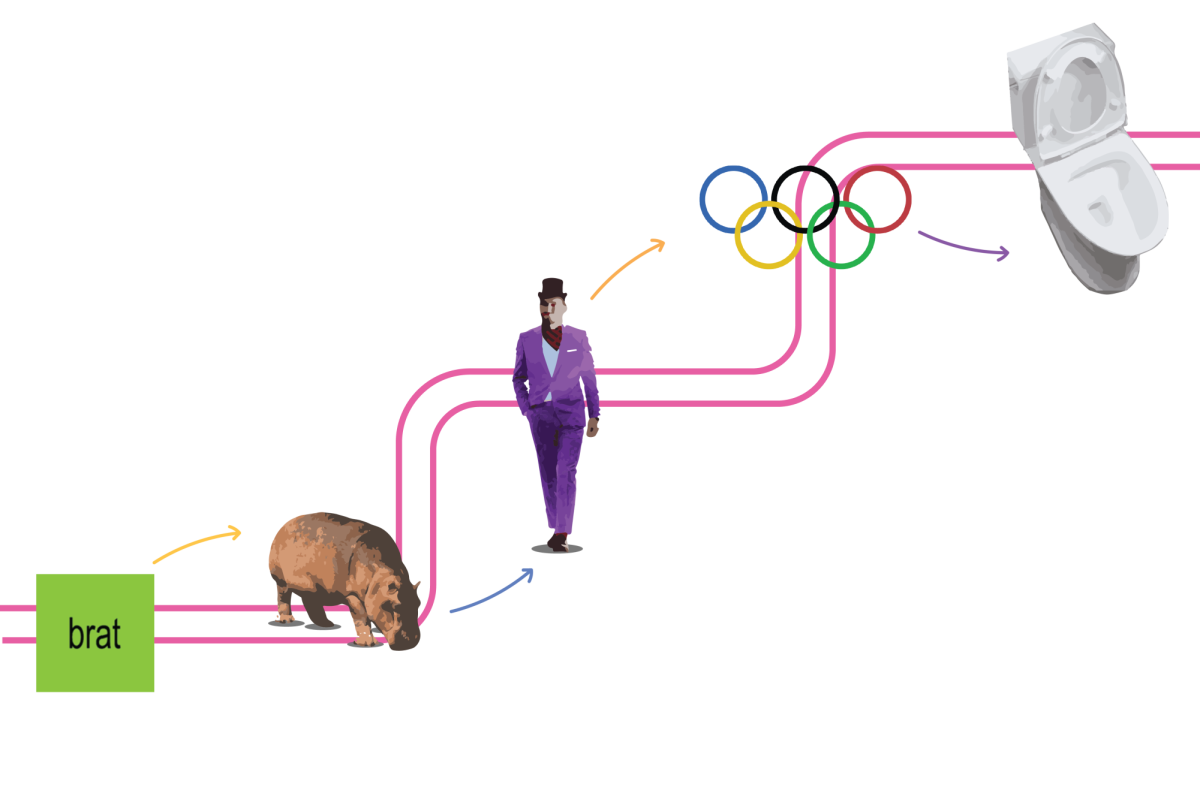Water. It’s what keeps us alive. It takes up about 60% of the human body and 71% of the earth. So, it’s no wonder that it serves as an integral part of our everyday lives.
We use it to shower and wash our hands, we flush it down the toilet every day, and we drink it with every meal. It is in our food and our swimming pools, used for recreation, self-preservation, and even baptism.
We all know that water is crucial; what’s mindboggling is our insufferable propensity to take something so precious for granted every single day.
Katie Seymour, former Assistant Director of Admissions, has seen what a life without clean water looks like when she traveled to the Dominican Republic on a mission trip for the first time in 2001.
“I noticed mothers holding sick babies and children lined up outside the hospital one day,” she said. “A nurse explained that bad storms a few days earlier had increased the contamination of the rivers from which people collected their drinking water. Young babies and children and the elderly were most susceptible to life-threatening gastrointestinal infections.”
What’s even crazier than the suffering faced every day by people without clean water is the fact that we can easily do something about it and choose not to.
“There are many fine organizations building deep wells for communities or supplying inexpensive filters to individual homes,” Seymour said. We don’t even have to leave our homes to help these people.
Of course, we use water improperly here as well. Even though we have plenty of access to safe water, we choose to drink unhealthy, sugary beverages instead.
I often find myself in the middle of a workout in need of a drink but too far from a bottle of water to stop what I’m doing. Even though it seems like I’m being tough by continuing my workout without a water break, by doing this I am actually troubling my health.
“Hydration should begin before practice or a contest and continue throughout,” Physical Education Chair Dee Starling said.
By not drinking an adequate amount of water, whether working out or not, we are dehydrating our bodies, which when ignored can cause dry skin, constipation, delirium, and in extreme cases, death. It seems insignificant at first, but dehydration begins affecting the body after as little as 1% of one’s regular water volume is lost. Once you begin to feel thirsty, your body is already dehydrated.
Now, if we experience dehydration every time we feel thirsty, imagine what is happening in the bodies of those who haven’t had a sip of clean water in days, months or years.
“If you asked me to either drink unclean water or be thirsty for a long while, I’d take a pass on the contaminated water,” Seymour said. “But sooner or later, I’d need to hydrate my body.”
Having to decide between drinking unsafe water and not drinking anything at all sounds to me like a lose-lose situation. According to Science Teacher Jonathan Gray, however, we don’t have to make that decision.
“Municipal tap water is intensely monitored for water borne pathogens and is tested several times a month,” Gray said. “We are the envy of the world in this regard, and we get safe drinking water straight into our homes for really cheap!”
Not only should we take advantage of this tap water, treated with the most current technologies, but we should also avoid plastic water bottles.
“Many of the major water bottle companies just use re-bottled municipal tap water sold at 1000 times the price you could get it from your tap,” Gray said. “Also, even though water bottles are recyclable, most end up in landfills or on the ground anyways. So, by drinking tap water you are drinking safe water that reduces municipal solid waste.”
Even though our health may not be at risk when drinking tap water here in the United States, our planet is at risk when we don’t. So, next time you’re weighing the options to quench a powerful thirst, find your way to an environmentally sound fresh water source, and drink up!




